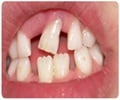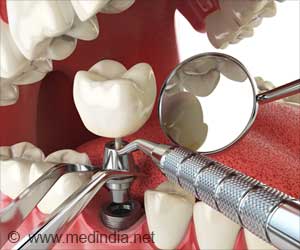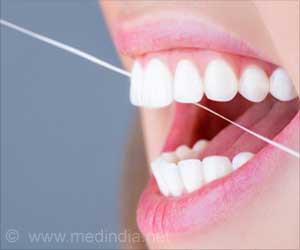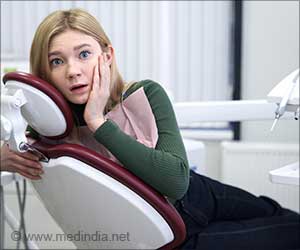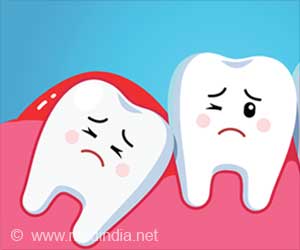Biodegradable rods holds potential to offer better treatment for periodontal disease. This innovation would spare patients from having many side effects.
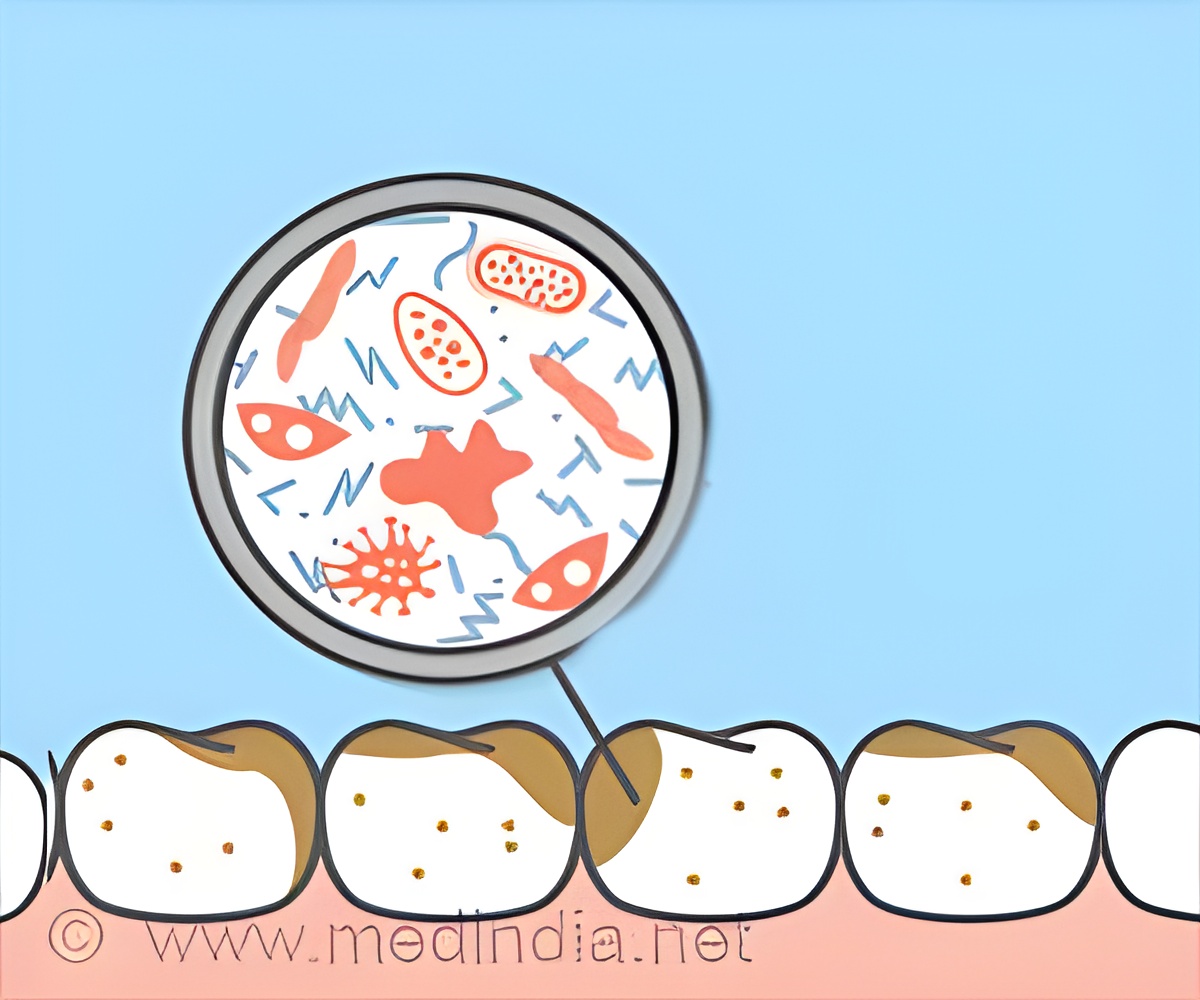
‘Minocycline and excipient magnesium stearate complex benefits periodontal disease patients by slowly releasing the antibiotic on the spot, reducing the incidence of side effects.’
Read More..




"The body's barrier function is badly disrupted by the large wounds, allowing more substances and bacteria to enter the body," explains Professor Karsten Mäder, head of the Institute of Pharmacy at MLU. The inflammation affects the entire body and is often the cause of other diseases such as heart attacks or pneumonia. Read More..
Therefore, mechanical cleaning procedures are often followed by antibiotics. These are usually administered in pill form, which puts a strain on the entire body. Common side effects are diarrhoea, abdominal pain and nausea as well as skin reactions such as redness and itching. The possible development of resistance to common antibiotics is also a major factor in this form of treatment.
Ideally, the antibiotic would only act locally in the mouth rather than throughout the entire body. Mäder's research group has therefore combined a proven antibiotic (minocycline) with an equally proven pharmaceutical excipient (magnesium stearate). "The complex is just as effective, but more stable.
It slowly releases the antibiotic on the spot," explains Mäder. "In addition to the continuous and sustained release of the antibiotic, we needed to find an easy way of administering it." His research group found a practical solution to this problem by utilising pharma-grade polymers. The researchers were able to use these chemical substances to produce flexible, biodegradable rods containing the antibiotic.
The small rods can be easily inserted into the gingival pocket. Since they are broken down by the body, they do not have to be removed after treatment. "The rods are much more effective in vitro than previous products on the market," says Martin Kirchberg, who is studying the topic as part of his doctoral thesis.
Advertisement
The patent for the complex active ingredient and its formulation was applied for together with the Fraunhofer Institute for Cell Therapy and Immunology IZI and the Fraunhofer Institute for Microstructure of Materials and Systems IMWS, both in Halle, as well as with the Clinic for Dental Medicine at the University of Bern. Mäder and Kirchberg each have a 30 % stake in the invention, with the remaining 40 % shared by scientists from the Fraunhofer Institutes in Halle and the University of Bern.
Advertisement
The project was financially supported by the State of Saxony-Anhalt with funds from the European Regional Development Fund (ERDF) as part of the "Transfer and High-Performance Centre Chemical and Biosystems Technology"
Source-Eurekalert

